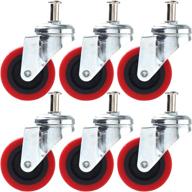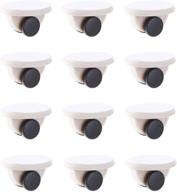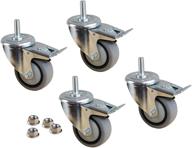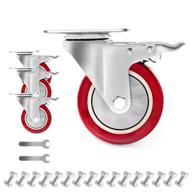
Review on 🏠 The Ultimate Storage Solution: StoreYourBoard Ladder Ceiling Storage Garage by Dave Russell

Good discount lift. If you have money, skip and go to Harken.
I bought this to replace my homemade elevator thinking it would be an improvement. Some parts are there and some aren't. LIFTING: The actual lifting mechanism is decent, with a 2:1 gain. The pulleys are a form of molded plastic and I trimmed the mold seam tabs prior to installation. Cargo straps are not ideal for quick deployment, but they are good for safety. I wanted to add an extra pulley to change the angle of the elevator, but you can only raise and lower the whole thing by pulling the ropes at a certain angle. As a security feature, that's good. It is not so important for an engineer to adapt the system to his needs. ROPE: The rope does not meet the requirements. It has a fairly strong core, but the webbing doesn't "stick" to it - it's like a thin rope with a sock. I had a lot of trouble getting the rope through the main components due to the loose toe. However, it doesn't seem to break. LOAD: The load securing straps are quite well thought out. They have a rubber "receiver" that allows you to store an extra folded webbing when the load is secured. The two load rollers are free to move closer together, but they have a tether to prevent them from spreading too far and dropping the load. SPACE SAVING: This works, seems safe, and has a 2:1 gain. The whole point of a lift is to save space, but it has a fairly large gap at the top - typically 10 inches between ceiling and load when fully in place is raised. and still about 8 inches after I modified it to sit flatter. Place load sheaves directly on the 2x4 beam span instead of using a 2" mount which would bring the gap closer to a 10" gap. Compare this to my Harken Hoister (almost $200) which can lift the load within 1-2 inches of the ceiling.
- storage shelving
- not reliable
New products
Comments (0)
Top products in 📚 Shelves & Racking Systems

🧹 Organize Your Space with the Berry Ave Broom Holder - 1.25 Inches Wide

10 Review
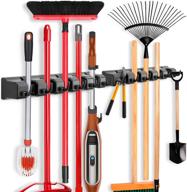
🗄️ IMILLET Storage Organizer Mount Holder

10 Review

Get Organized with Vanitek's Heavy Duty Magnetic Workshop Organizer".

12 Review
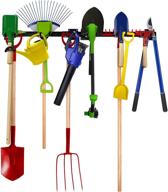
Efficient Upside Out Organizer: Convenient Adjustable Storage Solution

11 Review


